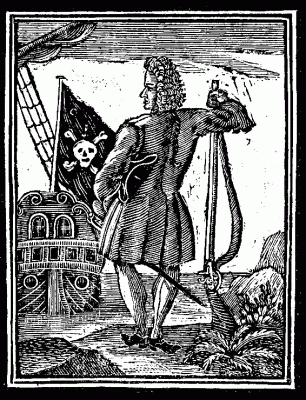Harrold’s chronicle also lists brief but informative accounts of his sexual liaisons with his second wife, Sarah. According to Harrold they made love in both the “old fashion” – missionary position – but also in “new fashion”, though he does not elaborate on what this entailed.
In March 1712, Harrold wrote that “I did wife two times, couch and bed, in an hour and a half’s time”. On another occasion, he “did wife standing at the back of the shop tightly”. Another time they copulated on a bed on the roof, and still another time he mentions having sex “after a scolding bout”.
Not unsurprisingly, Sarah was frequently pregnant. In just under eight years of marriage she bore Harrold six children, though only two survived. The birth of her sixth child took its toll on Sarah’s health and she died in December 1712. According to Harrold’s diary his wife “died in my arms, on pillows… She went suddenly and was sensible until one-quarter of an hour before she died”. The newborn child, also named Sarah, also died four months later.
Harrold was distraught and resolved not to remarry, however, by March 1713 he admitted that his sexual urges were getting the better of him:
“It is every Christian’s duty to mortify their unruly passions and lusts to which ye are most prone. I’m now beginning to be uneasy with myself and begin to think of women again. I pray God, direct me to do wisely and send me a good one.”
Harrold did marry again. In June 1713 he wed Ann Horrocks, a customer who had called on him for a haircut – but she too was dead by early 1715. Harrold did not marry a fourth time and died in 1721, aged 43.
Source: Diary of Edmund Harrold, Wigmaker, 1712-15. Content on this page is © Alpha History 2019-23. Content may not be republished without our express permission. For more information please refer to our Terms of Use or contact Alpha History.


